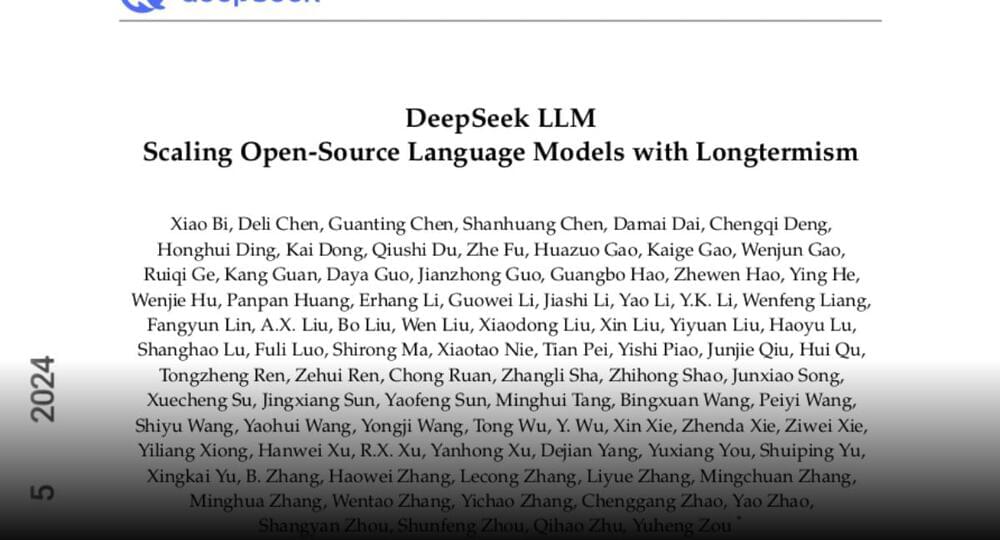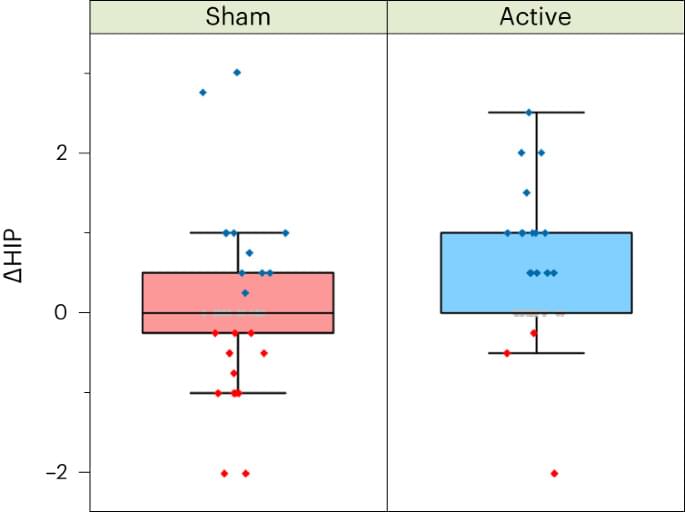Join the discussion on this paper page.



Who knew tweezers could get an upgrade? Check out how a smart ‘tweezer’ machine is changing the game by selectively harvesting beneficial bacteria in our latest article!
Researchers introduce mEnrich-seq, a game-changing approach in microbiome investigation. See how it detects elusive microbes like Akkermansia muciniphila.

This article was originally published at The Conversation. The publication contributed the article to Space.com’s Expert Voices: Op-Ed & Insights.
In May 2020, some unusual rocks containing distinctive greenish crystals were found in the Erg Chech sand sea, a dune-filled region of the Sahara Desert in southern Algeria.


“The Holy Grail in exoplanet science is to look for habitable worlds and the presence of life, but all the features that have been talked about so far have been beyond the reach of the newest observatories,” Julien de Wit, discovery team member and an assistant professor of planetary sciences at MIT, said in a statement. “Now we have a way to find out if there’s liquid water on another planet. And it’s something we can get to in the next few years.”
Currently, scientists are very good at using instruments to determine how far a planet is from its host star and thus whether it is in that star’s “habitable zone” — defined as the region that’s neither too hot nor too cold to allow for the existence of liquid water.
In our own solar system, however, Earth, Mars and even Venus are all in the habitable zone around the sun. Yet, only one of those planets currently has the capability to support life as we know it. That means habitability and preserving liquid water for exoplanets isn’t all location, location, location. So, currently, scientists don’t have a robust way of confirming if a planet is habitable or not.


Jupiter’s largest moon, Ganymede, features a surprisingly strong magnetic field for its size. Tidal effects from Jupiter continually stretch and squeeze the moon, keeping its core warm and driving the magnetic field. But the exact geological processes occurring within the core are not fully understood. Now, a new experimental study has put one of the leading models of core dynamics to the test: the formation of crystalized ‘iron snow’
The iron snow theory is like a geological ‘weather model’ for a planetary core: it describes how iron cools and crystalizes near the upper edge of the core (where it meets the mantle), then falls inwards and melts back into the liquid centre of the planet.
Ganymede’s core, in other words, is a molten metal snowglobe, shaken and stirred by Jupiter’s gravity.



Over the past twenty years, many companies, including Google, Microsoft, and IBM, have invested in quantum computing development. Investors have contributed over $5 billion to this cause. The aim is to use quantum physics properties to process information in ways that traditional computers cannot. Quantum computing could impact various fields, including drug discovery, cryptography, finance, and supply-chain logistics. However, the excitement around this technology has led to a mix of claims, making it hard to gauge the actual progress.
The main challenge in developing quantum computers is managing the ‘noise’ that can interfere with these sensitive systems. Quantum systems can be disrupted by disturbances like stray photons from heat, random signals from nearby electronics, or physical vibrations. This noise can cause errors or stop a quantum computation. Regardless of the processor size or the technology’s potential uses, a quantum computer will not surpass a classical computer unless the noise is controlled.
For a while, researchers thought they might have to tolerate some noise in their quantum systems, at least temporarily. They looked for applications that could still work effectively with this constraint. However, recent theoretical and experimental advances suggest that the noise issue might soon be resolved. A mix of hardware and software strategies is showing potential for reducing and correcting quantum errors. Earl Campbell, vice president of quantum science at Riverlane, a UK-based quantum computing company, believes there is growing evidence to be hopeful about quantum computing’s future.